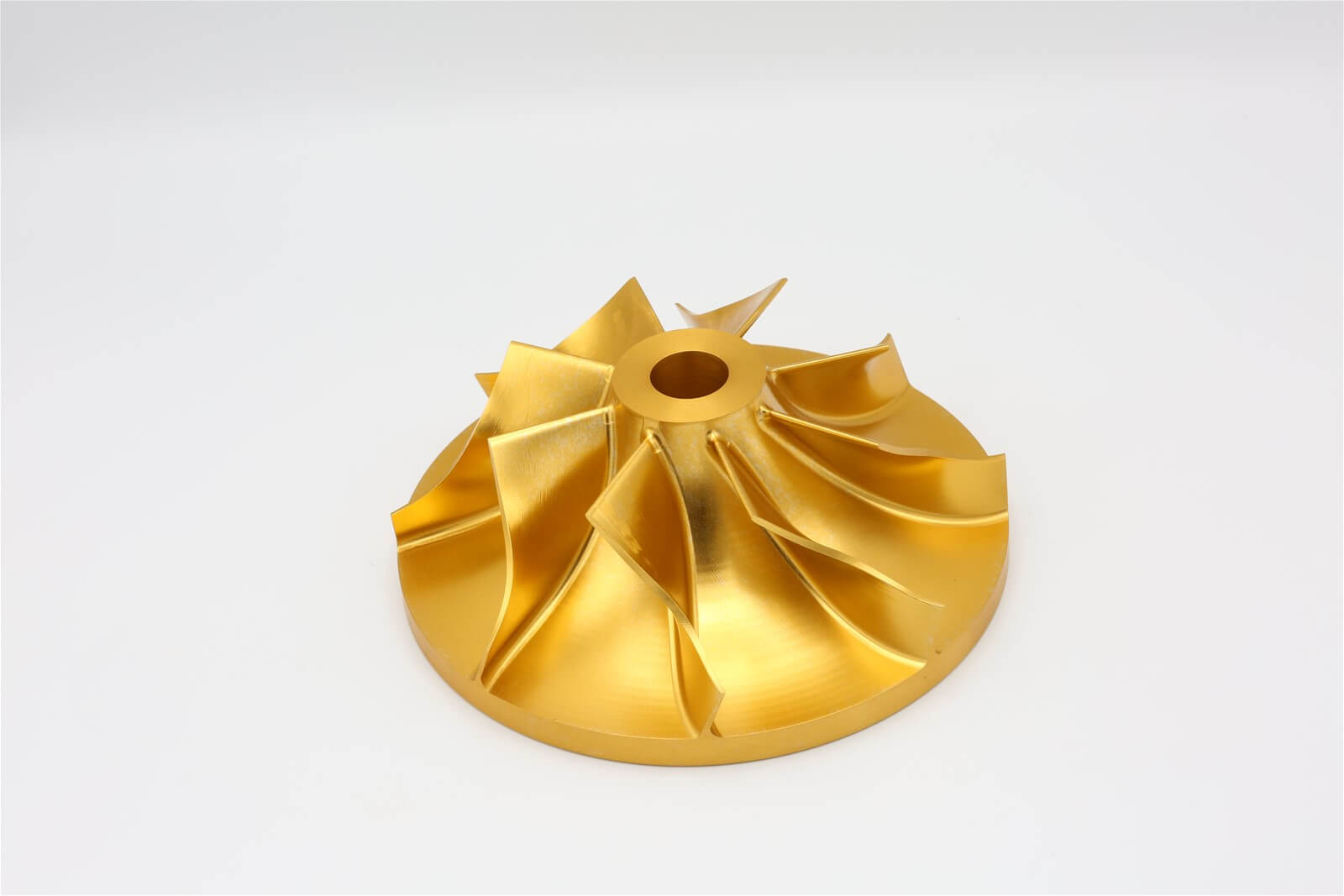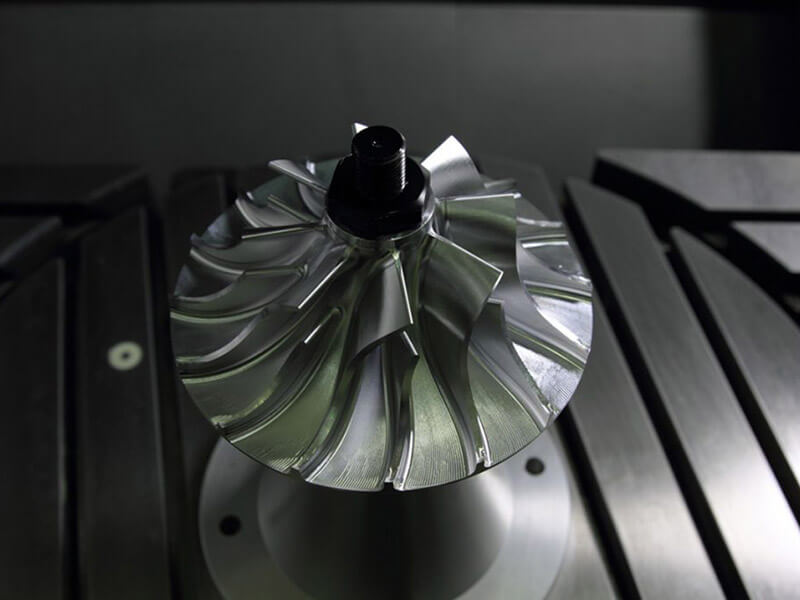The modern manufacturing industry is beginning to lean heavily into new capabilities that allow for specially machined custom parts that suit the precise needs of individual buyers. This sort of service and production style offers clients a means of making the best use of their tools, products or any other machined parts they may need, while specializing them for their specific production chains. The speed, customizability and accuracy required for such a task is where CNC machining technology come in.
While custom machined parts can be more expensive to design and create, they can provide far better bang for one’s buck. Machined parts can fulfil their roles far more precisely, fit better into custom machines and can improve on design and materials depending on what the customer specifies. Even the price factor is becoming less of an issue as the technology is improving and competition among services increases. Find out what type of custom CNC machined parts we can help.
Means of Product Customization
Ordinarily, a drawing or specification sheet has to be provided by the customer. Similarly, a company may provide general specifications to follow in manufacturing a part. The level of input from both the client and the company can vary. Thus, clients have a number of choices at their disposal when they wish to procure a customized product:
- Self-development: In such cases, the client has to already know the part he desires so he can produce 3D model or drawing of it. They can then come to the machine shop and just order it to be manufactured.
- Collaborative development: As the name suggests, this involves a fair bit of input from the development team. This method is best for people who have some notion of what they want as custom designs or machined parts, but they are not completely clear about the design or its outlook. This is a task that requires the machine shop to have a design department. Together they can collaborate with the client and create the custom design together.
- Adaptive customization: The method involves creating a base part as a starting point, which can be modified according to the customer’s desires. The clear advantage of such a method is that the manufacturer is capable of producing large amounts of a product with some degree of customization, but without losing much time on readjusting the manufacturing process. This particular workflow makes the job easier for manufacturers but creates a number of restrictions for the customers.
- Cosmetic customization: In this method, the company creates a standard product and a number of variations for the client to choose from. This can be a simple cosmetic or aesthetic change like altering the colors. Such a method is very high on ease of function but ultimately low on levels of customization.
Requirements & Limitations
Setting up for custom machining parts can require quite some preparations in terms of adjusting the production style. Any CNC shop will have to be ready with a range of materials options to match their customer needs, which also entails having some versatile machining options to go with them. This obviously involves having some versatile machines, toolheads and ancillary equipment to match the product being created.
As each part will be custom and tailor-made, it can require an entirely different style of operation compared to the next job the shop may undertake. This requires any machine shop to have a range of options at their disposal to match a wide range of customer needs. Moreover, the manufacturer will need a reliable supply of materials and a good stock to boot.
Similarly, each customer will want a different part and each part can vary greatly from one job to the next, requiring the machine shop to constantly create and tinker with new models. They will have to work in different capacities, depending on how involved the customer is. This can mean creating a new process or program just to complete a different type of job.
As each job can vary wildly, the development team also has to be ready for anything. The pre-planning can only go so far since the client is the final arbiter of what does or does not work.
Low Volume Production For Machining Custom Parts
The primary mode of production for custom parts is in lower volumes, for obvious reasons. Mass production cannot keep up with the customer’s needs, so more efficient machines that can cater to quick customization are in high demand. There are a bunch of developments that have boosted these capabilities.
Primarily, CAM systems and CNC automation make all of these operations a fair bit easier and lets machines adapt to a wide variety of tasks and geometries. Modern tool mechanisms also allow manufacturers to install a large number of tools on the lathe so that the time required to change them during the machining processes is minimal.
Other tools like standardized fixtures and jaws cover a large swathe of the current machining needs. Such fixtures usually consist of a number of single elements that can be assembled together on the working table of the machine tool in order to secure the part during the machining phase. While they have a lower overall accuracy than specialized fixtures, this is only a minor hurdle thanks to modern measuring systems.
Special probes also provide a lot of utility in terms of measuring dimensions and fixing positions. Almost every type of modern CNC machine tool can be mounted with a special touch probe. Probes can also be used to measure the actual dimensions of the part at certain stages of the manufacturing process to ensure that major errors are detected and corrected early on, ensuring far better time efficiency.







